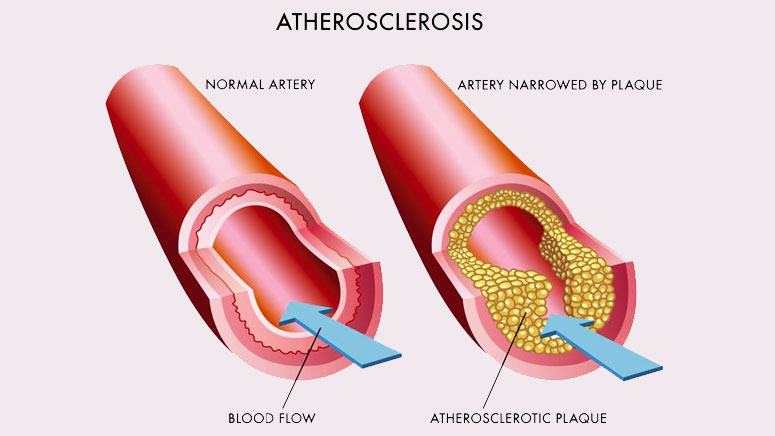Overview

Many people do not realize they have atherosclerosis until they land in the emergency room or receive the diagnosis of a chronic medical condition. Atherosclerosis is a leading cause of death in millions of people worldwide, but atherosclerosis is often not reported as the cause of these deaths. Doctors attribute them to other health conditions. This is because atherosclerosis is at the heart of many of these health conditions, especially cardiovascular diseases like coronary artery disease and stroke.
Atherosclerosis is the narrowing of the arteries due to a buildup of fats, cholesterol, and other debris. This buildup is called a plaque. Plaques coat the inner walls of the arteries and reduce the space blood flows through. They can also cause blockage or blood clots and result in life-threatening conditions. If left untreated, atherosclerosis can lead to heart failure. Even though atherosclerosis is often associated with the blood vessels of the heart, plaque buildup can occur in arteries anywhere in the body. This includes your legs and kidneys.
While they may sometimes be used interchangeably, atherosclerosis and arteriosclerosis are not always the same thing [1]. Arteriosclerosis refers to the hardening of the arteries, a problem that can impair blood flow. Many things can cause this. When plaque buildup is responsible, it is known as atherosclerosis.













